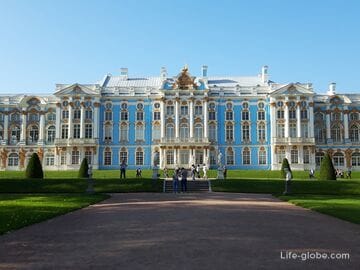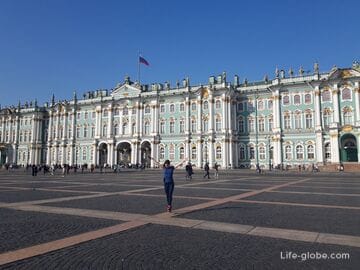The Summer Palace of Peter the Great is a historic building and one of the palaces located in the center of St. Petersburg.
Today, the Summer Palace of Peter the Great is part of the architectural complex of the State Russian Museum. Within the walls of the palace there is a permanent exhibition of the museum.
The Summer Palace is the residence of Peter the Great, which has been preserved to this day almost in its original form. The Summer Garden of St. Petersburg, which is now one of the oldest significant buildings in the city - a unique historical and architectural, memorial and artistic monument.
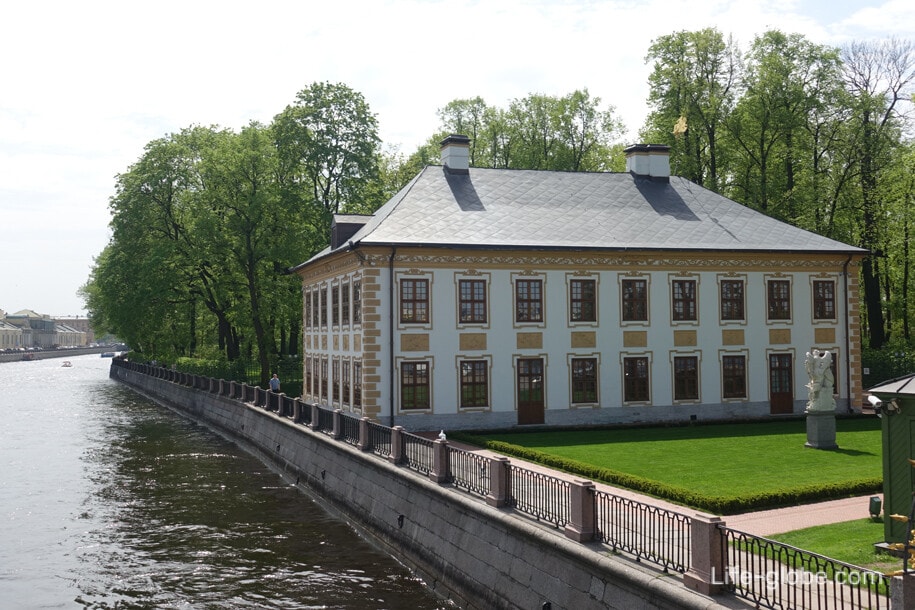

The palace was built on the site of the already inhabited Swedish manor house, which belonged to the Rittmeister Erich Berndt von Konau (Konau). The construction of the palace took place in 1711-1712 in the style of Peter's Baroque by the architect Domenico Trezzini. Architects and sculptors from Western Europe, such as Andreas Schlueter, Georg-Johann Mattarnovi and Jean-Baptiste-Alexandre Leblon, were involved in the design of the facades and interiors of the palace.
In 1714, the facade of the Bal Palace was decorated by the German architect and sculptor Andreas Schlueter with 29 bas-reliefs on mythological subjects, allegorically glorifying the victories of Russia during the Northern War.
The palace was surrounded by a garden, which can still be visited today. Together with the garden, the palace was the summer residence in which the royal family lived from May to October, so the palace with the garden was called the "Summer House".
After the death of Peter I in 1725, the Summer Palace was little used as a living space. After extensive repairs were carried out in the 1820s, the premises of the palace were rented out for the summer to the highest dignitaries of the imperial court.
In 1903, the Summer Palace hosted an exhibition of monuments of the Peter the Great era, dedicated to the 200th anniversary of the founding of St. Petersburg. In 1934, the palace received the status of an independent museum.
During the Great Patriotic War, the Summer Palace was slightly damaged by the impact of the blast wave (windows were broken and the roof was damaged); the exhibits of the palace were evacuated. After the palace was restored, during the work, the interiors and facades of the palace were brought closer to the original appearance. Soon the palace opened its doors to visitors as a museum.
The Summer Palace is a fairly simple, two-story, almost square building with a hip roof in the European style with a gilded weather vane. Tinned iron roof is painted in gray color under the slate, which is covered with buildings in the countries of Northern Europe.
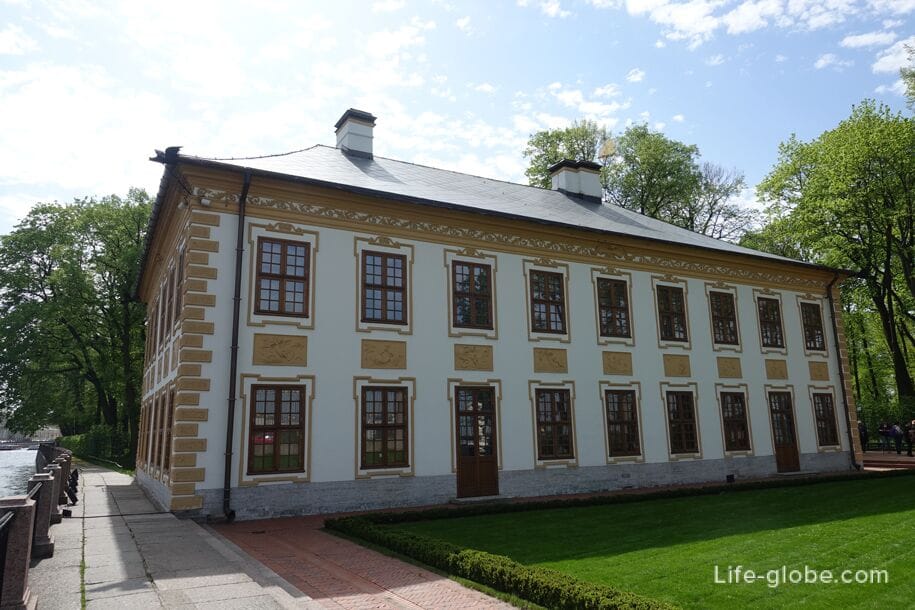
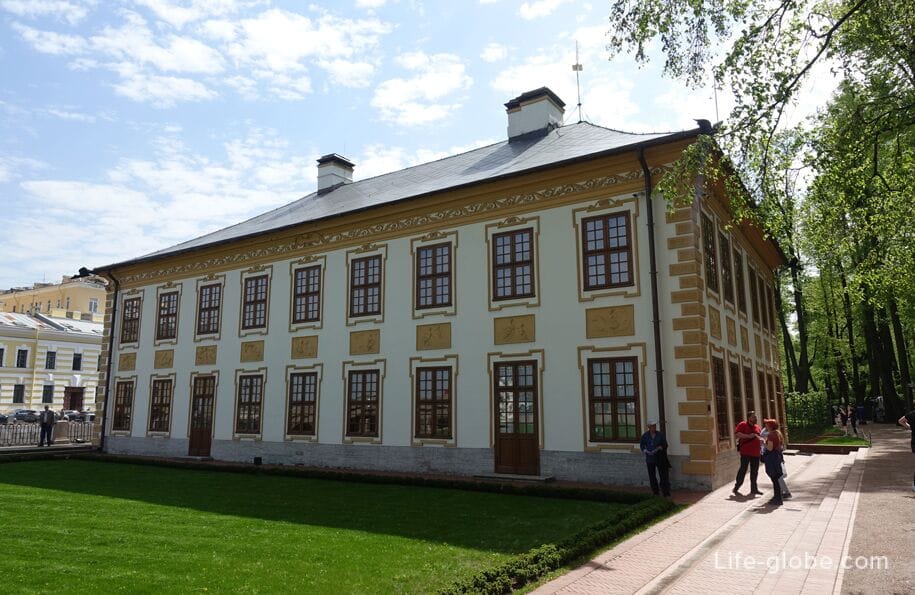
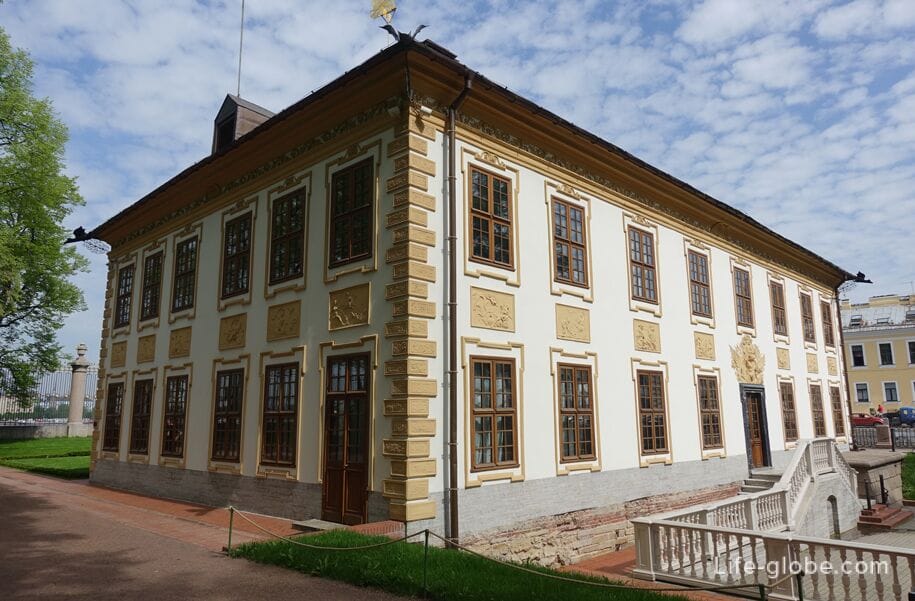
The relief above the entrance of the Summer Palace was originally created by the sculptor Morberg from a drawing by G. I. Mattarnovi.
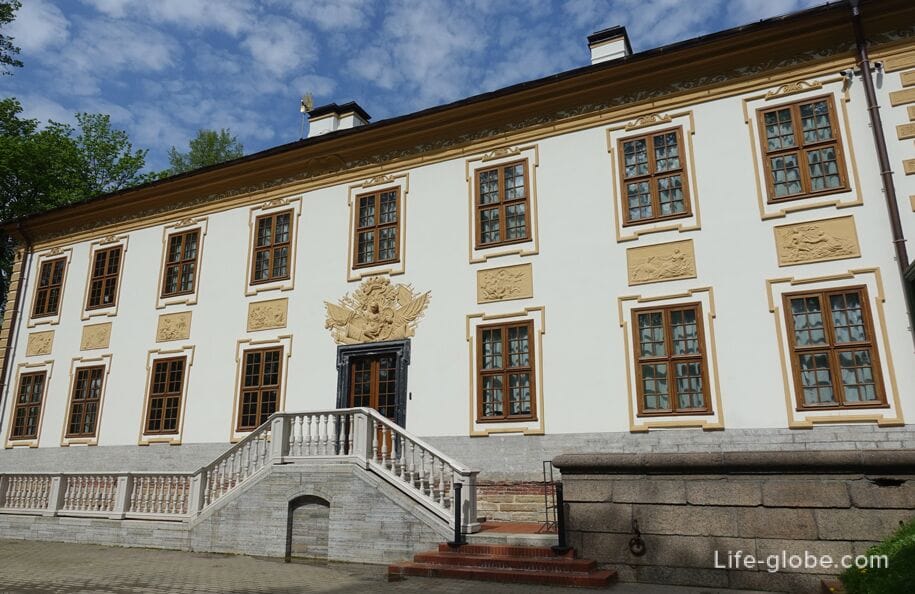
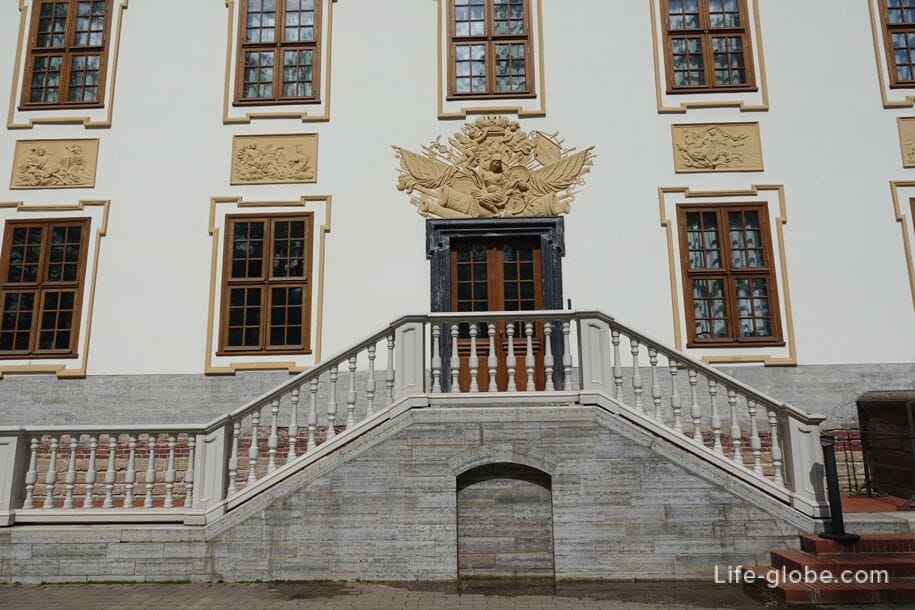
Adjacent to the palace was a section of the granite embankment and the Peter the Great Harbor, the name given to the bucket-shaped harbor built by master Ivan Matveev and used for small boats to approach the garden.
Havanets lasted until 1780. Currently, the retaining walls of the Harbor with wrought-iron mooring rings are partially cleared and museumified.
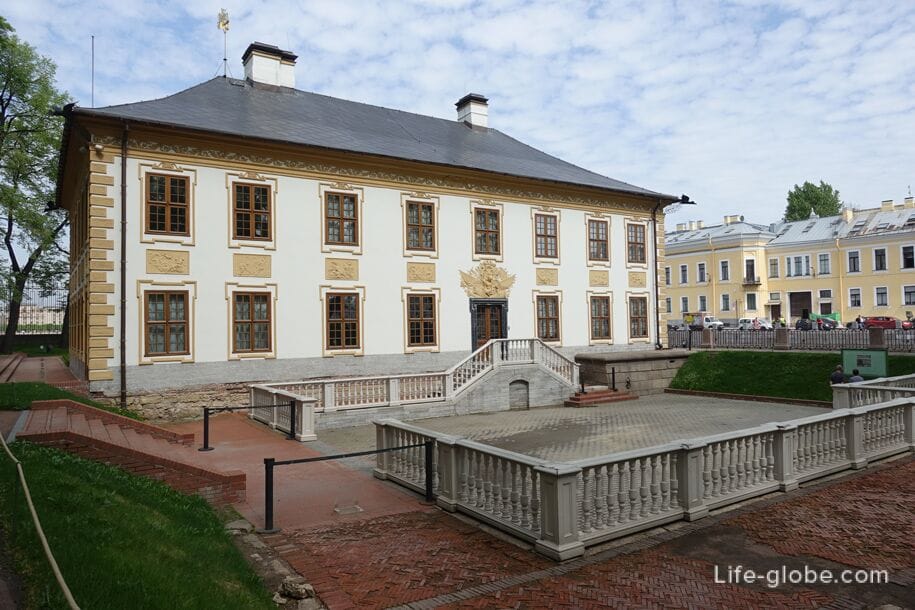
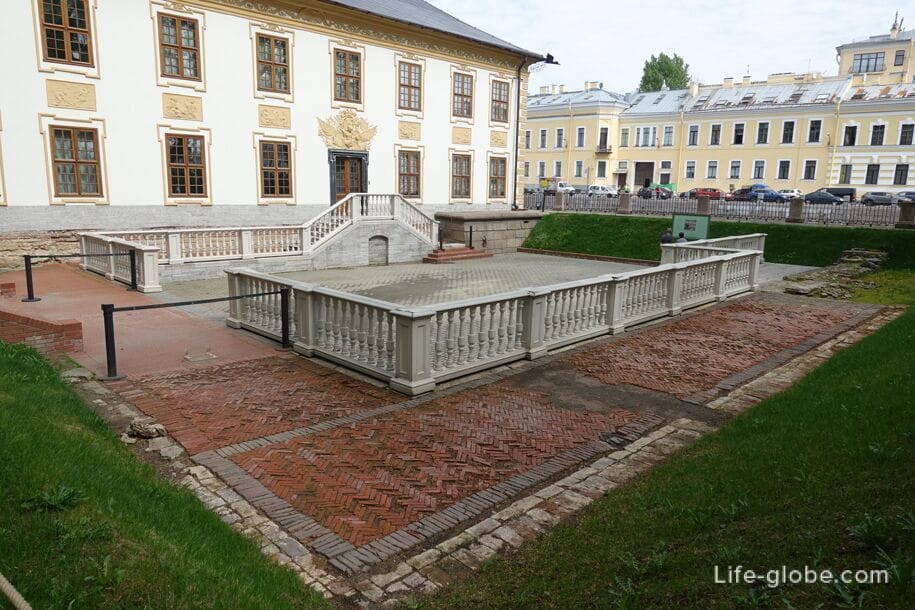
Museum in the Summer Palace (interiors)
Today in the palace you can visit the restored halls, the study and the premises of the former summer residence of the Romanov family: the Green Office, the office of Peter I, the bedroom of Peter I, the dance room, the dining room, the kitchen, the wardrobe.
The restored picturesque plafonds of allegorical content in seven rooms of the palace are particularly noted.
In the Green Cabinet (cabinet of curiosities), where Peter's rarities, which marked the beginning of history, were located in special cabinets-showcases Kunstkamera in St. Petersburg, you can see a restored wall painting on wood from the beginning of the 18th century.
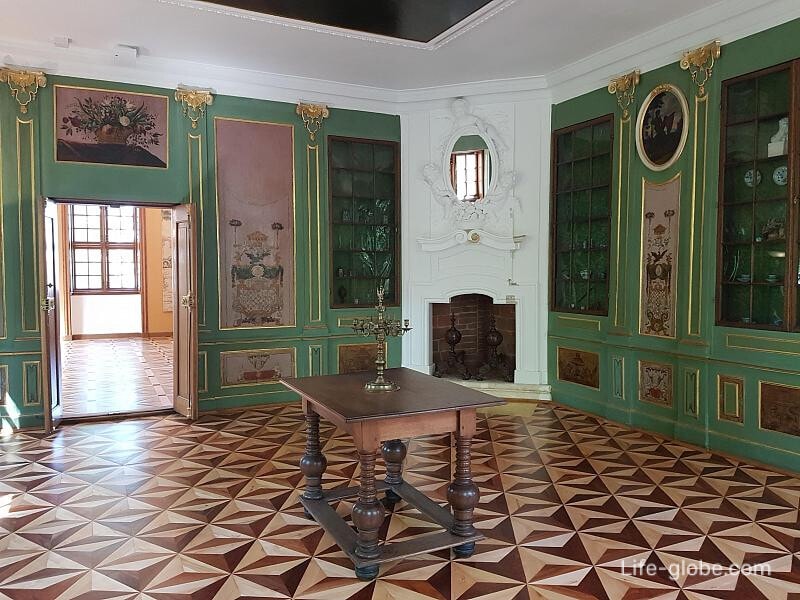
Special attention in the collection is paid to the famous wind instrument (anemometer), which was ordered by Peter I in Dresden and in 1714 and installed in the Summer Palace.
The device combines three dials: one is a clock, the other two are wind direction and speed indicators. The arrows of the right and left dials are connected to the weather vane located on the roof by means of a shaft cut through the wall.
The wind device is a unique rarity of the Summer Palace and has a carved frame on which mythological characters are represented: the lord of the winds Aeolus, the lord of the seas Neptune and sea emblems - rudders of ships, oars, tridents and a crown crowning the frame from the rostrum - noses of ships.
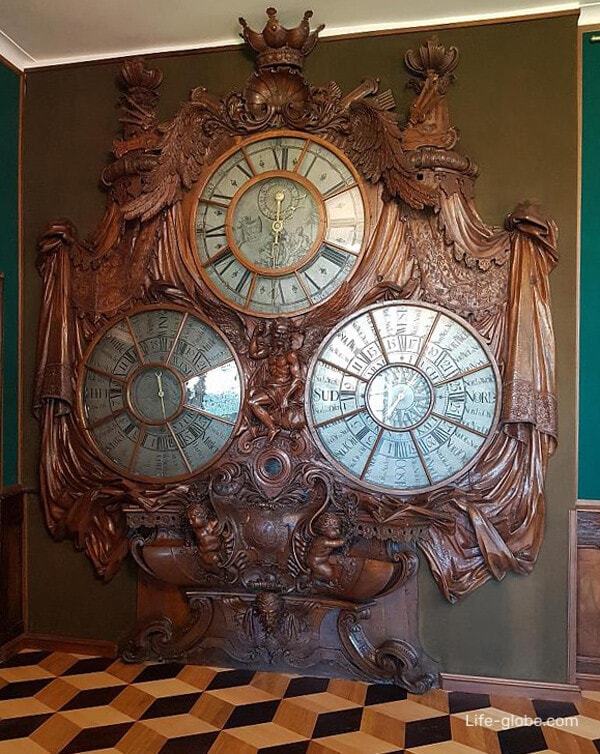
Cabinet of Peter the Great
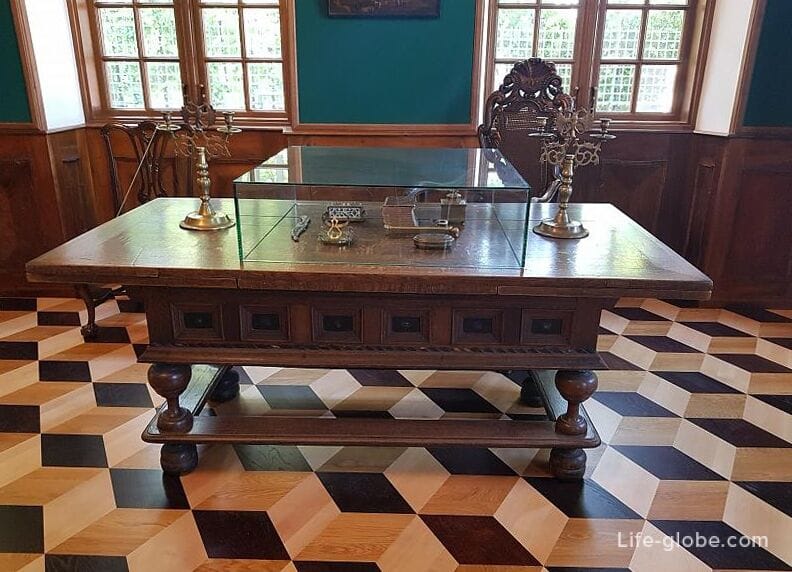
Peter the Great's Bedroom
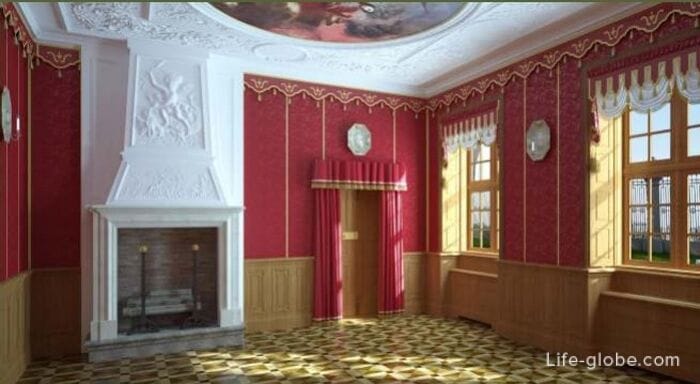
Dance school
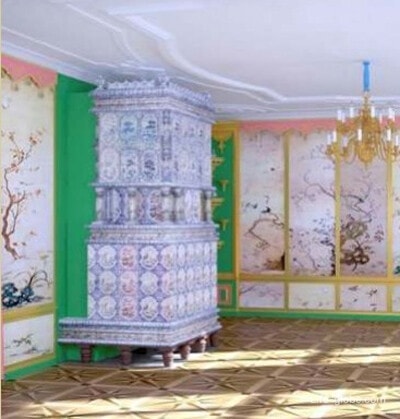
Canteen
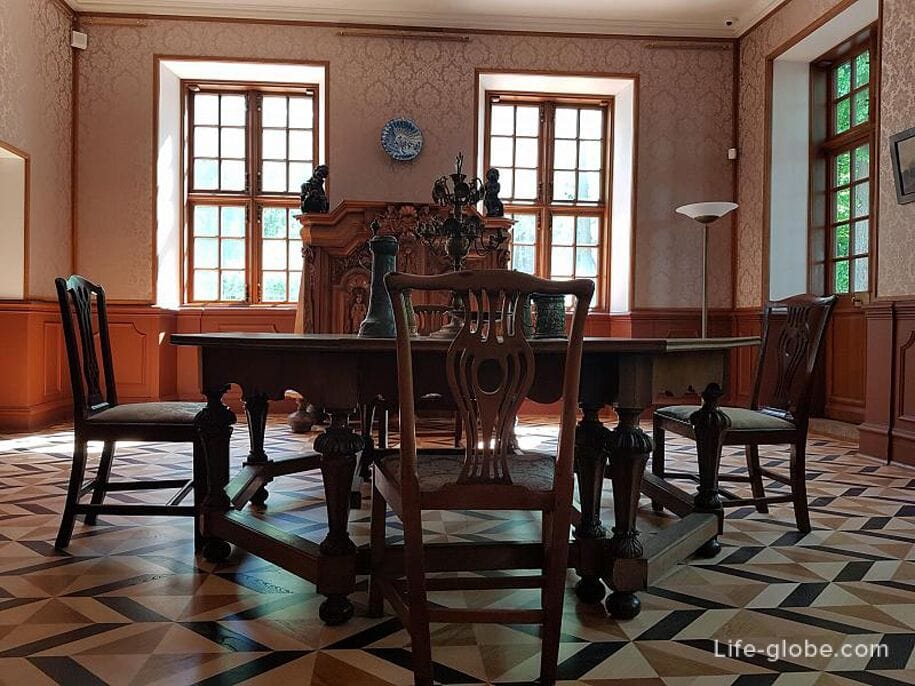
Kitchen

Peter the Great's Wardrobe

Practical information
The Summer Palace of Peter the Great is located in the center of St. Petersburg, in the Summer Garden, at the address: St. Petersburg, Summer Garden, letter A.
Coordinates of the Summer Palace of Peter I: 59°56'50.0"N 30°20'10.0"E (59.947222, 30.336111).
The nearest metro stations are Nevsky Prospekt, Gostiny Dvor, Admiralteiskaya and Chernyshevskaya.
The entrance to the Summer Garden is free (free of charge).
The museum in Peter's Summer Courtyard is closed during the winter period, approximately from October to the end of April. Entrance to the palace is paid.
For more information about the working hours of the palace and garden, the cost and conditions of purchasing tickets to the museum-palace, please visit the official website of the Russian Museum. More about the Russian Museum…
Website of the State Russian Museum: rusmuseum.
All accommodation facilities in St. Petersburg, including in the city center and more remote from it, can be viewed and booked here






